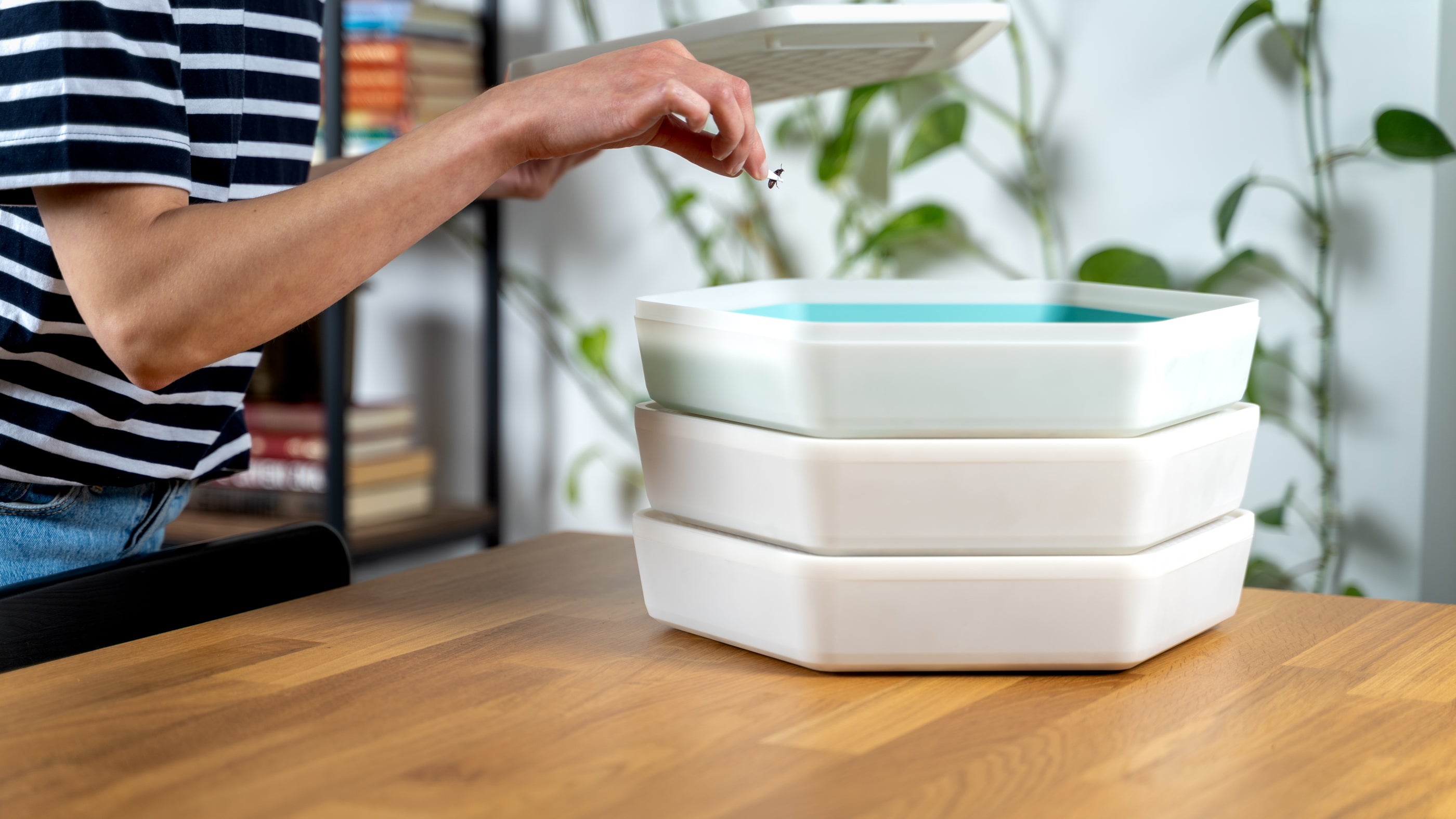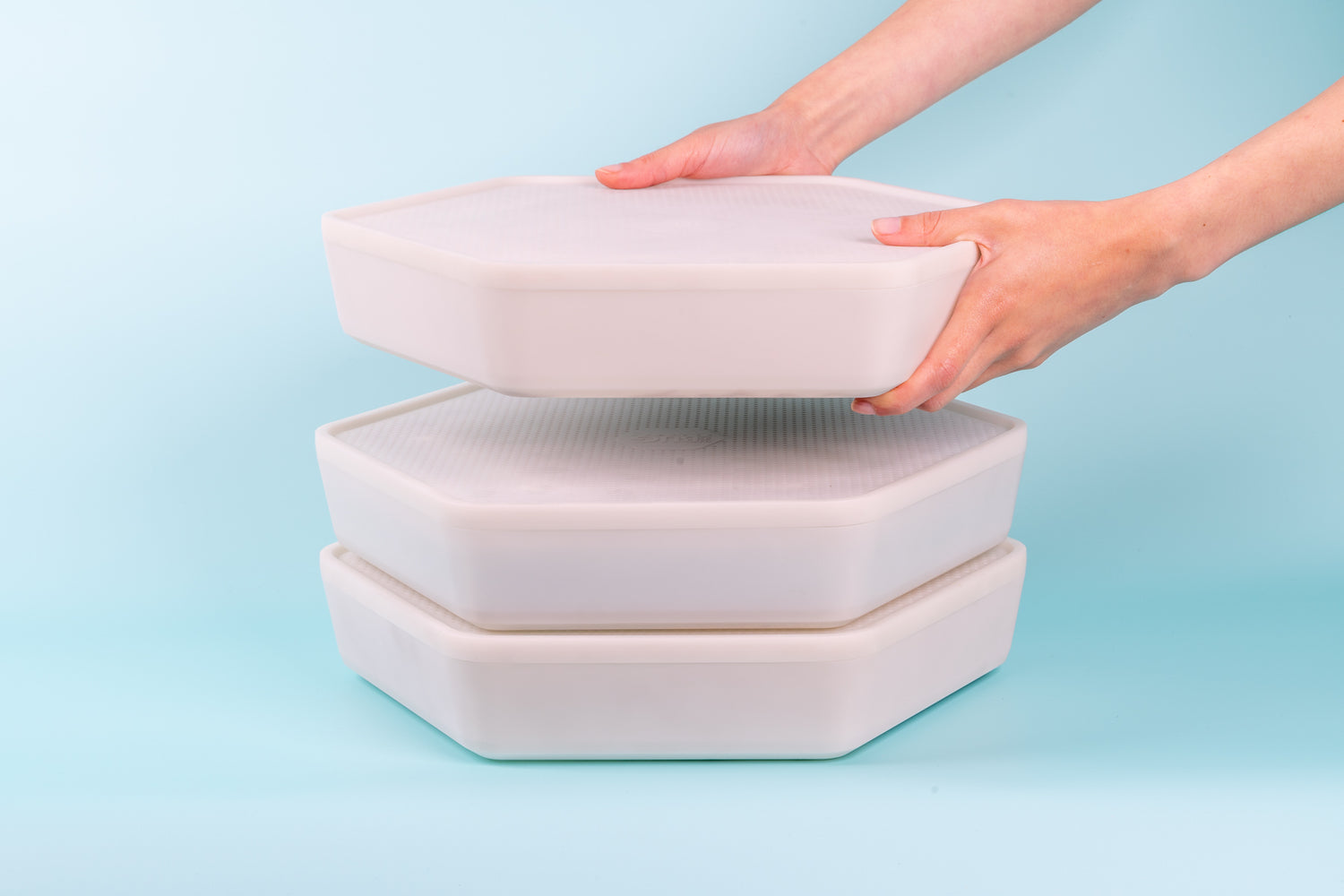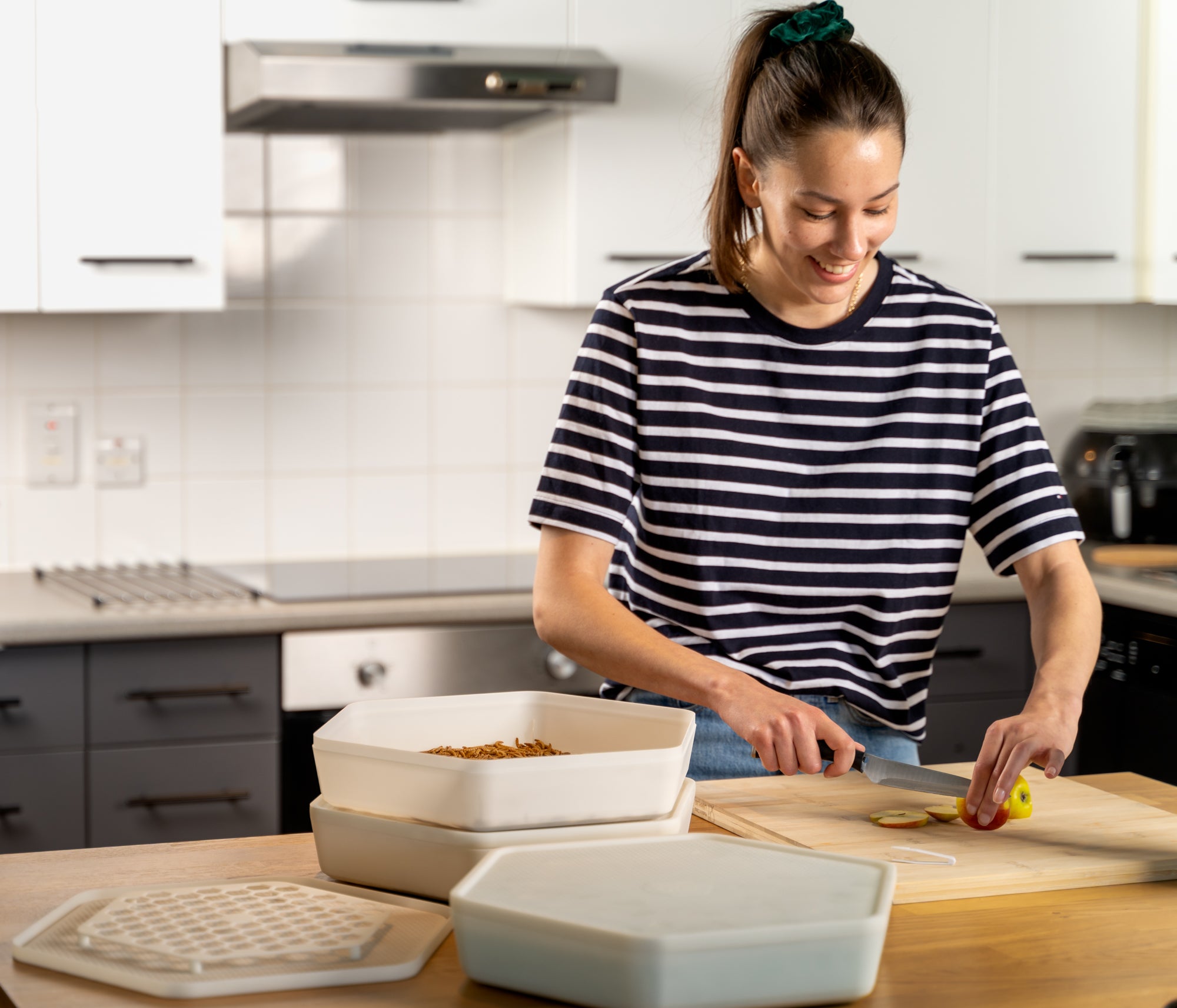
Featured on:
Mealworm Kit & Accessories
Everything you need for sustainable mealworms for your pets!
-
Live Mealworm
Regular price From $14.99 USDRegular priceUnit price / per -
Live Mealworm Beetles
Regular price From $19.99 USDRegular priceUnit price / per -
Mealworm & Beetle Starter Pack
Regular price $29.99 USDRegular priceUnit price / per -
Mealworm Storage Tray (Beetle Tray Not Included)
Regular price $29.99 USDRegular priceUnit price / per$34.99 USDSale price $29.99 USDSale -
The Mealworm Growing Pods
Regular price $99.99 USDRegular priceUnit price / per
Our breeding kits produce a constant supply of animal feed!
Hear from our customers!
-

Cut my monthly mealworm expenses down from $30 to zero!
'Simply a must-have for anyone who spends far too much money on feeders! Having the ability to harvest my own mealworms has cut my monthly mealworm expenses down from $30 to zero. All I have to do now is throw in some of my suitable saws scraps, rotate a few trays, and enjoy the worm harvest! 10/10 would recommend!'
- Em, Emzotic
Animal YouTuber & Pet Entrepreneur
-

I know exactly where my hens treats have come from!
'It's a little addictive to check up on the meal worms and search for pupa! To be able to 'grow' my own meal worm supply, sustainably and in a way I know exactly where my hens treats have come from is really pleasing!'
- Amy, Chicks and Veg's
Gardener & Chicken Keeper
-

I am loving my mealworm pods!
'The Bug Factory’s grow pods are revolutionary for the world of mealworm breeding. With the sleek, clean design, the tray for the eggs to fall into and hatch, and the filters to prevent any smells, I am loving my mealworm pods! So are my animals who are getting homegrown, nutritious mealworms!'
- Dakota, Inspire Exotics
Herpetologist and Bioveterinary Sciences Major
-

Amazing product!
'The Bug Factory’s Mealworm Growing Pods are amazing for breeding mealworms for my reptiles and is super low-maintenance for me. I’m super busy with my six reptiles and being able to just throw some leftover veggies in the pod to let them do their thing is so helpful for me. Amazing product!'
- kams Reptiles
Zoology major and reptile hobbyist

Sustainable home grown mealworms to feed your pets
- Cheaper then store bought mealworms
- Made from 100% recycled fridge plastic
- Use mealworm waste as plant feed
- Recycle your leftover fruits & vegetables
- High quality sustainable animal feed

Get Started Today!
Stop paying for store bought dried mealworms and start producing infinite amounts of nutrients for your animals.



















